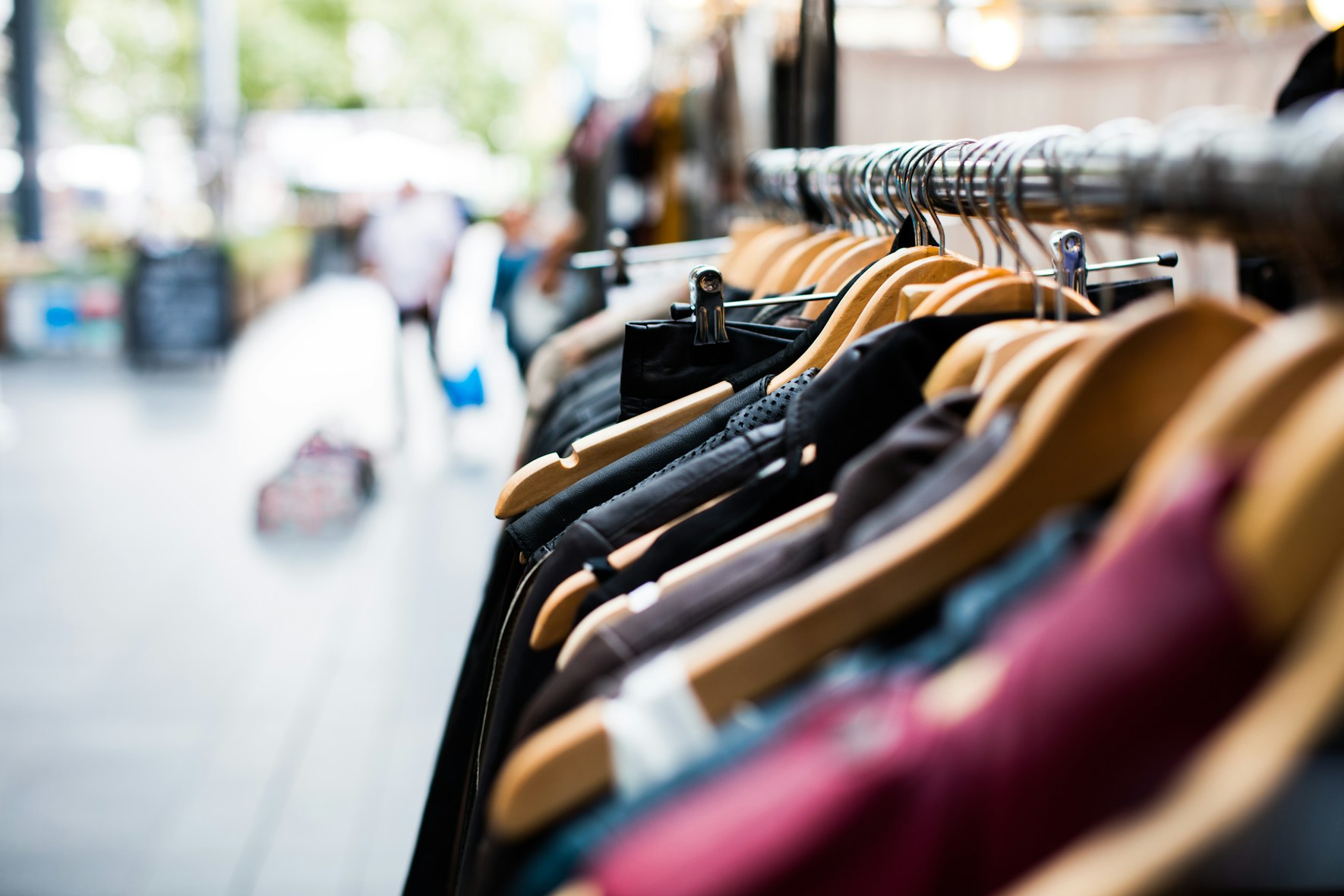In 2019, the European Union (EU) exported 1.7 million tons of used garments, three times more than in 2000, according to data collected by the European Environment Agency in the report EU exports of used textile in Europe's circular economy.
According to the report, five of the 27 EU member states and the United Kingdom account for about 75% of all EU exports of used textiles. Some EU countries, such as Germany, Poland, and the Netherlands, exported more than others.
As shown in previous EEA briefings, textiles are on average the fourth largest source of environmental and climate impacts from a European consumption perspective. Europe faces major challenges in dealing with used textiles, including textile waste. As reuse and recycling capacities in Europe are limited, a large part of the used textiles collected in the EU are traded and exported to Africa and Asia, and their fate is highly uncertain.
Africa is EU's Largest Customer for Used Textiles
The EU's largest customer for used textiles is Africa, which bought 46% of used textiles in 2019, especially medium-quality textiles. Of this amount, 40% ends up being disposed of again in landfills, while 60% is reused or resold.
Asia follows, with 41% of the EU's products in 2019. Asia buys mostly low-quality goods. The European Environment Agency does not detail data on the usefulness of this textile once it is sold to the Asian continent, although it distributes it between reuse and mechanical recycling.
The widespread public perception of used clothing donations as generous gifts for people in need does not quite correspond to reality.
Spain is one of the EU exporting countries with the smallest share of the total, accounting for only 12% of the stock exported in the region. Germany, on the other hand, is in the lead, with 60% of the total.
Over the last twenty years, the EU has lost its leading position as an exporter of post-consumer textiles. While, in 2000, the region traded 45% of all the world's used textiles, in 2019, its weight dropped to 33% and Asia took the lead, with 37%. North America, meanwhile, exported nearly 20% of post-consumer textiles in 2019, in line with the figure from nineteen years earlier.
Over the past twenty years, the value of used textiles exported from the EU has not increased at the same rate as the volume, indicating that importing countries pay a lower price each year. In 2019, the average price per kilogram of EU-used textiles amounted to 57 cents.
The North Face and Levi Strauss Lead the Circular Fashion Index
A company's performance in circular fashion is evaluated on seven dimensions that influence garment longevity. These dimensions include two perspectives: the primary market, which affects the sale of new products to consumers, and the secondary market, such as the secondhand market or recycling).
Scores for each dimension are weighted, with secondhand sales, rental services, and reuse of returned clothing as raw materials or donations being weighted most heavily. The scores are then combined to give an overall score between 1 and 10, with 1 being the lowest and 10 being the highest.
Levi Strauss & Co scored 8.20 out of 10 and improved its rating primarily due to new rental offerings: Under the Ganni brand, the company launched a capsule collection made from upcycled denim that is only available for rental.
The North Face received 8.05 out of 10 points and was able to slightly improve its share of recycled fabrics. Other brands such as Esprit, Lululemon, and Athletica, were also recognized for their circular fashion efforts.
